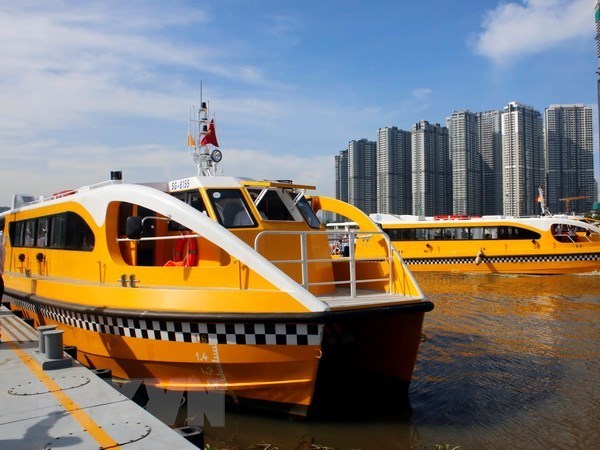



A corner of Ho Chi Minh City (Source: VNA)
The advent of the Fourth Industrial Revolution (Industry 4.0) has
bolstered development in all fields – including smart tourism based on digital
technology application which offers many opportunities to bring more foreign
tourists to Vietnam and HCM City in particular.
Nguyen Quoc Ky, Chairman and General Director of Vietravel, said
that easy digital technology access and development will create favourable
conditions for HCM City’s tourism sector in terms of the dissemination of
information, research, and statistics.
According to the municipal Department of Tourism, the application
of information technology in tourism is among several breakthrough solutions to
improve the competitiveness of Vietnam and HCM City’s tourism.
IT application will be an effective tool for three of the major
groups, namely tourism administrators, product and service suppliers, and
tourists.
In late 2017, the municipal People’s Committee announced a project to build HCM
City into a smart city during the 2017-2020 period, with a vision to 2025.
The project’s four targets include the maintenance of a
sustainable economic growth rate towards knowledge economy and digital economy,
efficient urban management, improvement of living and working quality, and
enhancement of the management of people and organisations.
The project was lauded by tourism experts in HCM City for its
pertinent response to the recent Industry 4.0 wave, as well as for helping to
foster the city’s competitiveness and charm. Its results are hoped to create
many chances for the local tourism sector.
Deputy Director of the municipal Department of Tourism Nguyen Thi
Anh Hoa said that 2018 is viewed as the initial stage of the city’s smart
tourism development. The tourism sector, therefore, has continued to apply
technology and work with travel companies and managing boards of famous
destinations to meet the demands and new trends of domestic and foreign
travellers.
HCM City has recorded an increasing number of foreign and domestic
tourist arrivals over the last 20 years. In particular, the figure rose to
nearly 6.4 million in 2017 from only 519,000 in 1993.
In the first eight months of this year, 3.8 million international
holidaymakers flocked to the city, while it is expected to welcome 7.5 million
visitors by the year’s end.
Source: VNA